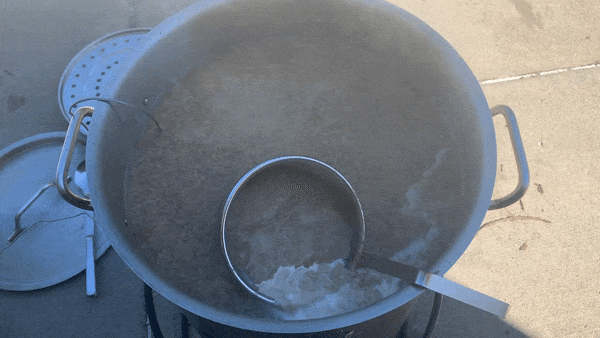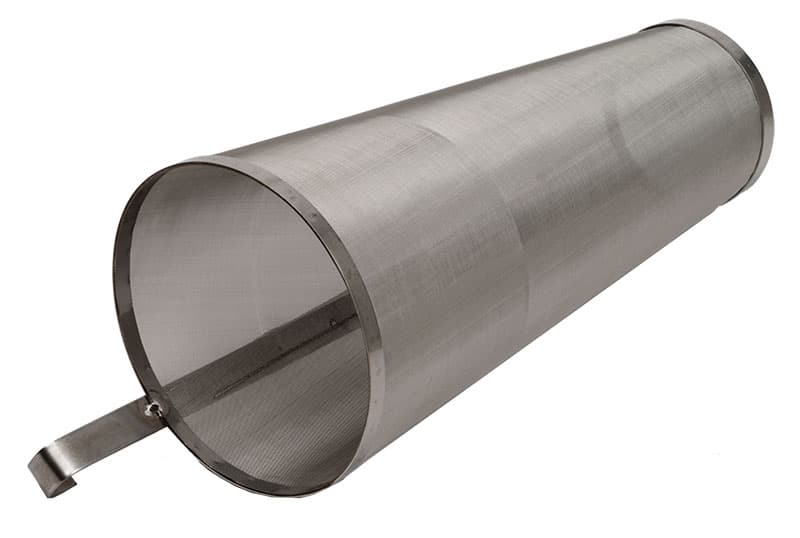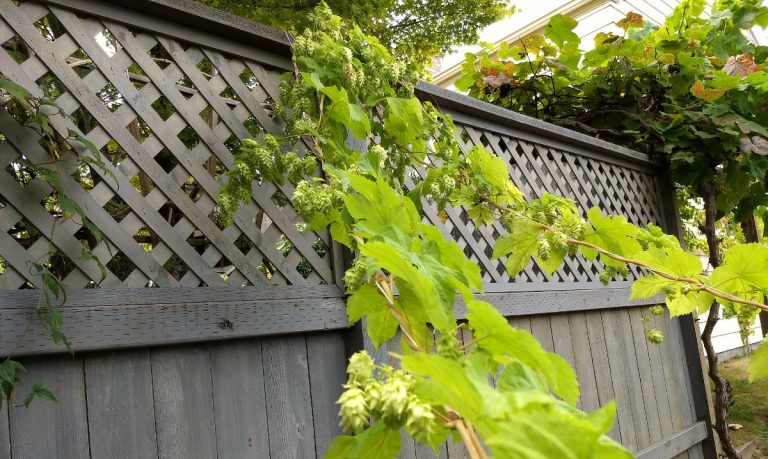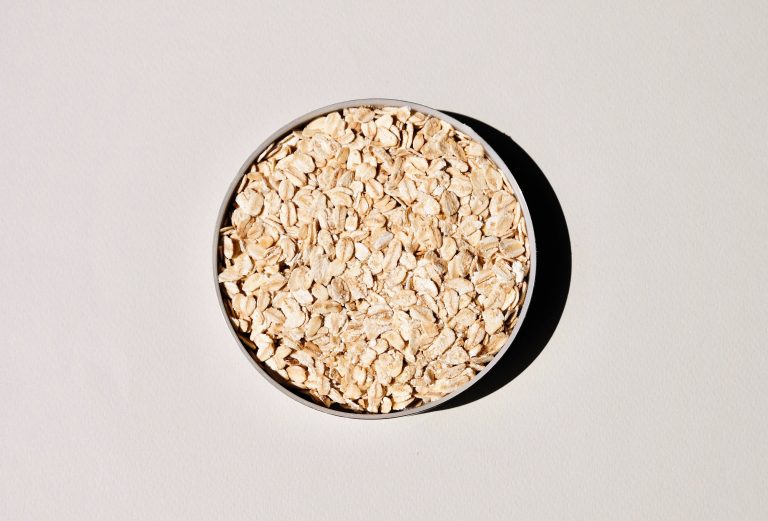5 Best Types of Hop Spiders Available
A hop spider has become one of my most indispensable home brewing products. I use it for every home brew, and it has more than paid for itself in ease of cleanup time and wort savings.
What is a Hop Spider?
A hop spider or “hopper” is a fine stainless steel mesh basket that sits in your boil kettle that your hops are placed into. The fine mesh prevents the hop particles from escaping, but the hot boiling wort can still easily move in-and-out.
Related: Search over 250 Hop Varieties
The Benefits of a Hop Spider

By using a hop spider, you are preventing loose hop particles from floating around in your wort. While this isn’t an obvious problem, when it comes time to transfer that wort – either into our out of your fermentation vessel, hop particles can be a huge headache.
Loose hop particles will immediately clog up your auto-siphon, preventing the free-flow of beer or wort from one place to another. Once your auto-siphon is blocked, your only recourse is to stop, remove it, clean it and start again. This can easily double your transfer time and turn it from a calming process to a headache in no time.
Loose hops will also get stuck on everything. From your stirring spoon, to the sides of your kettle… hop pieces will be stuck on everything if you don’t use a hop spider. This can easily double your cleanup time, which we all know is no one’s favorite part of the process.
Another reason a hop spider is useful to home brewers is because it saves wort. If hops are added directly into the boil kettle, they become hard to drain effectively. Because of this, when moving the wort from the kettle to the fermentor, most people will leave behind a good bit of wort at the end due to its high concentration of hop particles. This is good wort that could be turned into beer, but it is instead being left behind in the kettle.
The Downside of a Hop Spider
The only real downside of a hop spider is that it may reduce your hop utilization a bit. Because hop spiders need to be made of a very fine mesh to prevent hops from escaping, sometimes it will get clogged up with grain proteins and hop dust and prevent the easy filtration of water throughout it.
While I’ve witnessed clogged hop spiders before, I’ve never experienced a noticeable difference in hop utilization. My beers always seem to come out with the correct amount of bitterness, so I’ve never been concerned with it.
Some people complain that a hop spider is just another thing that needs to be cleaned… and while I agree with that sentiment, cleaning hops off the kettle, spoon, wort chiller, auto-siphon and everything else is much, much worse.
Things to Consider Before Purchasing a Hop Spider
There are a few things you need to think about before making your first hop spider purchase (which you definitely should).
First, ensure that the hop spider is not longer than the height of your boil kettle. If the hop spider is too long, it won’t sit against the side of your kettle correctly, resulting in hops escaping from the top when the hop spider tilts.
Lastly, get a hop spider with at least 300 micron and made of stainless steel. Any hop spider that doesn’t explicitly say this, stay away from. If the mesh holes are too big, then you run the risk of letting hop particles escape through them. Stainless steel should be a necessity too, but most already are. Any hop spider that is not stainless steel, will eventually fall apart. Some spiders are made with a stainless steel frame that allow for a nylon bag insert, which is OK.
Our Top 5 Types of Hop Spiders
Old Reliable
This hop spider has a 300 micron stainless steel mesh, is a great price and at 10″, fits almost any brew kettle. The double hooks make it much sturdier when placed inside the kettle, which prevents it from tipping over.
This is the most common type of hop spider used in home brewing.
New Kid on the Block
This type of hop spider is placed on the top of the boil kettle and has a spot that accepts a nylon bag insert.
This type of hopper makes for an extremely fast cleanup, especially if you dispose of the nylon bags afterwards.
The Hop Bucket
This bucket hop spider is the largest style of hopper on the market. I personally don’t care for this style, but it should be much better at getting full hop utilization.
Before considering this type of spider, make sure that the diameter of the spider is smaller than the interior of your boil kettle.
The Hop Canister
These hop canisters were originally designed for dry hopping inside kegs.
If you prefer to have one piece of equipment that you can use for dry hopping AND boil additions, this might be the product for you.
Add the hops, twist on the top and drop it into your kettle. This may become tedious if you do a lot of late additions, but is an option to consider if your brewing space is limited.
Go 100% Nylon
If you prefer to not store yet another piece of equipment, but still want to boil your hops separated from the wort, consider using a nylon mesh bag instead.
While unconventional, these nylon bags can withstand the heat and work great. Just throw the hops in, tie it off and drop it into the kettle. This may not be the right solution if you do a lot of staggered late additions.











